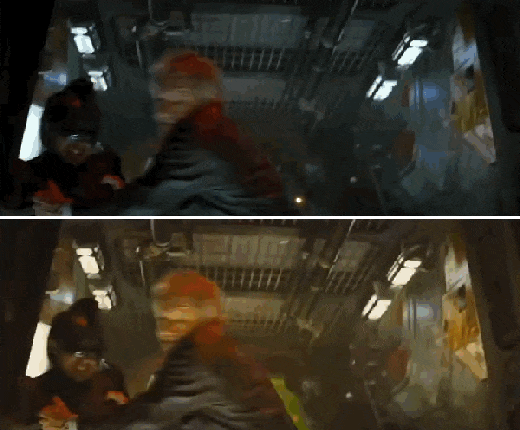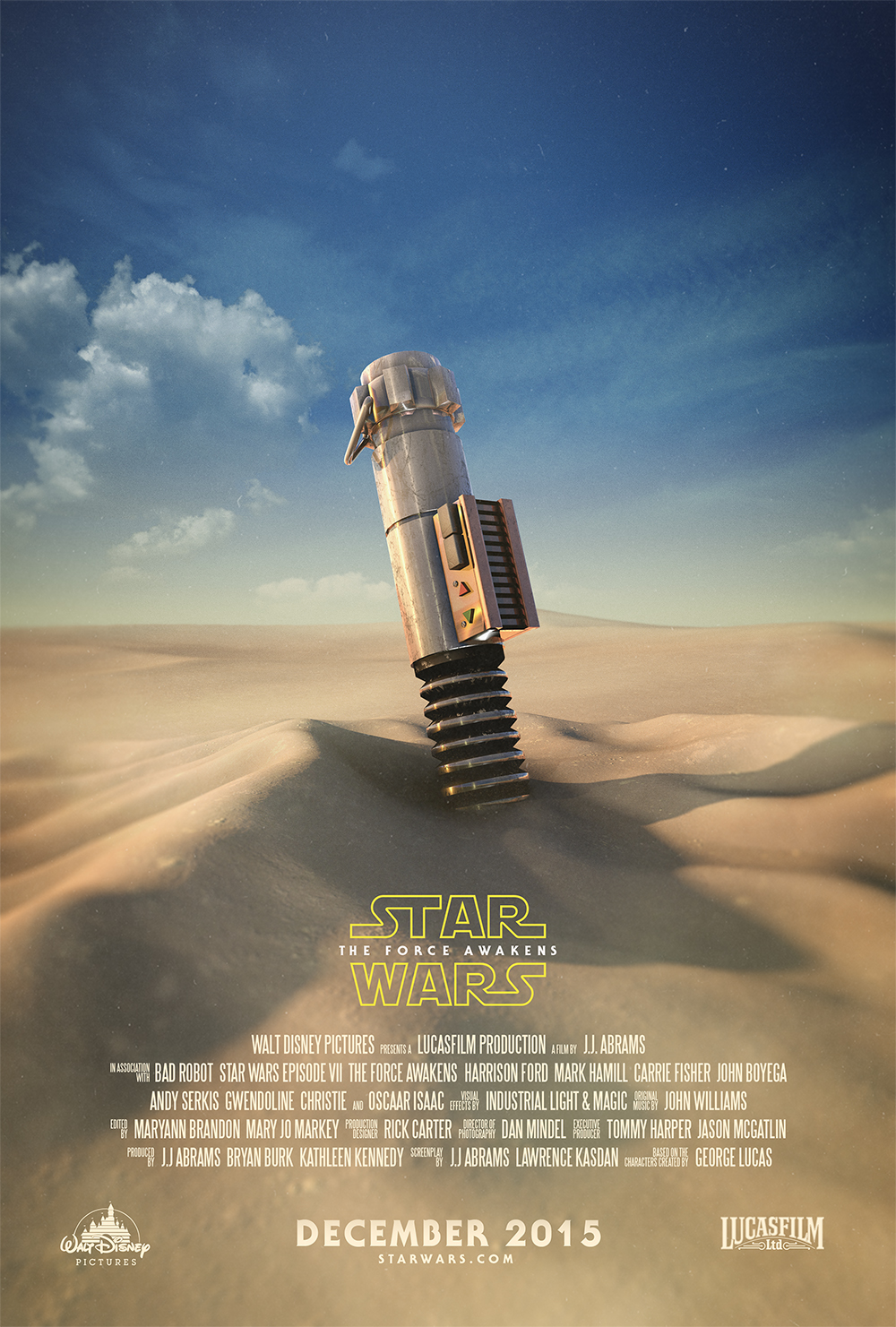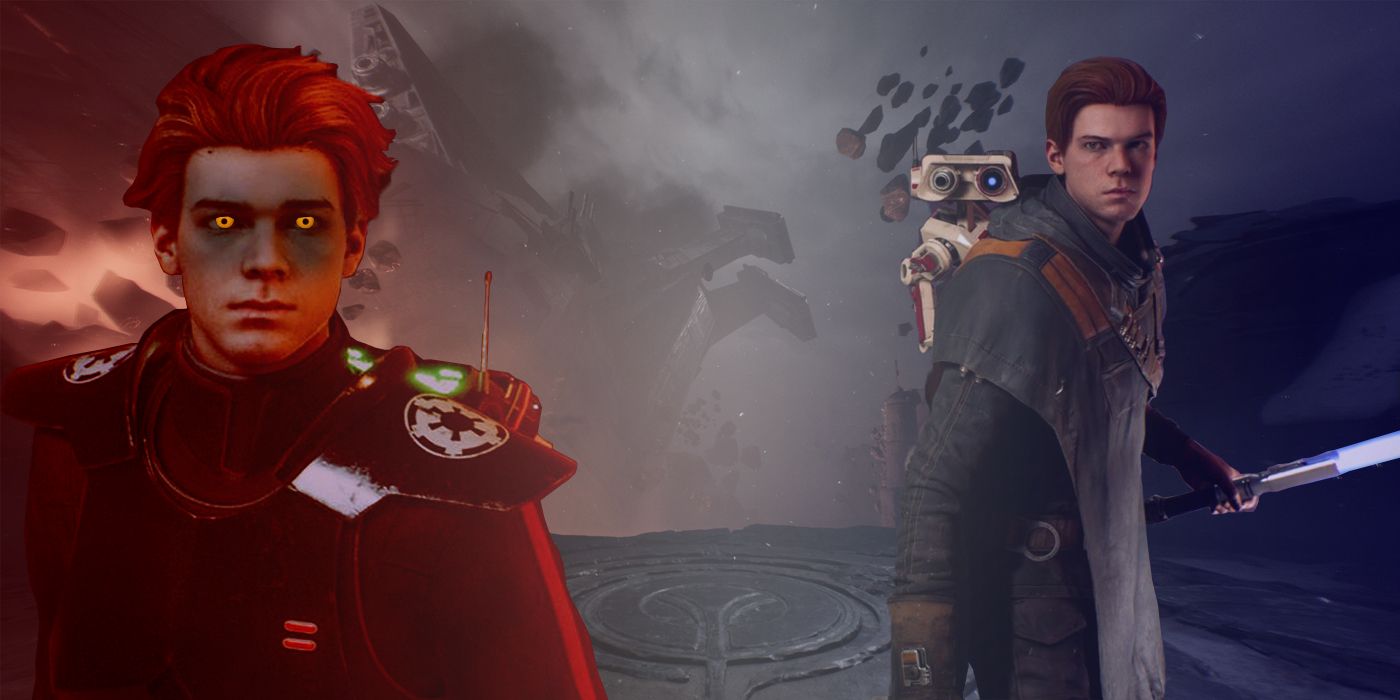

Because it’s a fantasy.” So his whole concept of the lighting schedule went out the window. And so half the face falls in shadow.Īnd so I said, “I’m gonna light every shot to look the best it can and nobody’s gonna give a damn. They’re all using Rembrandt lighting, which is like, it’s like here. And I said, “John.” I said, “Do you remember, you’ve seen all those great movies in the ’30s and ’40s and ’50s and the actors always looks great in every shot.” It’s like, they’re not paying attention. And that means they are virtually always back lit.Īt one point John did this construct of the galaxy and where the sun was and how each shot would be lit by this sun that would be here.

My attitude was every shot of the X-Wing is gonna be lit to make it look as good as it can look.

R2-D2 accepts an important message from Princess Leia in “Star Wars” (1977). Although Edlund thought about light (like the two suns in the Tatooine sky), he cared more about people being lit well as opposed to being lit realistically.

For example, a B-25 became a Millennium Falcon and a Spitfire became the X-Wing. We understood the cutting dynamic that he had in mind from this reel. George had cut a 10-minute reel of 16mm footage that he had gotten from “Battle of Britain” (1969) and other World War II dogfight movies. George Lucas based the space battles on real ones from WWII. He basically transcended the teenage demographic. I was worried that it was going to be a teenage movie, but Alec Guinness had the gravitas for that part. But, when George cast Alec Guinness, I figured, it’s a blockbuster. It would have to be Marlon Brando or somebody like that. I was a little worried about the script because of the “Trust in the Force, Luke” line. Below, in bold, are facts learned in an hour-long conversation, followed by Edlund’s comments.Īlec Guinness and George Lucas on the set of “Star Wars” (1977). On a rainy morning, the longtime Academy member and current Academy Governor discussed the first two “Star Wars” films. His success with “Empire,” notably his knack for evoking the white, snowy environs of Hoth, would open the door to wielding his magic on “Return of the Jedi,” “Poltergeist,” “Raiders of the Lost Ark,” “Die Hard,” “Ghostbusters,” “Fright Night,” “Air Force One” and many other films that shaped generations.
Star wars movie effects series#
The pair would go on to work on the original “Battlestar Galactica” TV series in 1978, but when it was time to begin “The Empire Strikes Back” (1980), George Lucas chose Edlund to supervise the visual effects.Įdlund’s remarkable ability to film Luke Skywalker’s X-wing tripping up the AT-AT Walkers in “Empire” was one of the many feats in the movie that helped earn him his second Oscar. After years of working on commercials in the ’70s, John Dykstra, the visual effects supervisor for “Star Wars” (1977), tapped Edlund to be his first camera operator.ĭykstra, Edlund and other trailblazers formed the legendary visual effects company Industrial Light & Magic (ILM) in Van Nuys, California, while making miniature ships fly through space for “Star Wars.” The duo would win their first Oscars for their effects on the film. Shortly after graduating from USC in the ’60s, he shot the opening flyby of the USS Enterprise for the original “Star Trek” TV series. Richard Edlund preparing to shoot the Millennium Falcon for the original “Star Wars.”


 0 kommentar(er)
0 kommentar(er)
